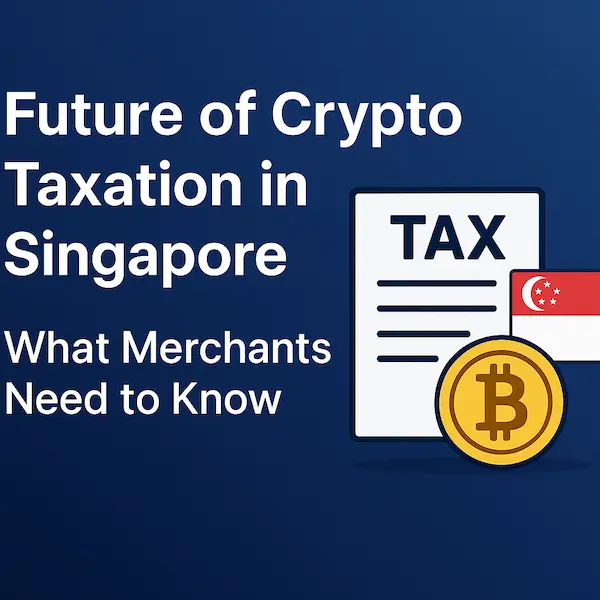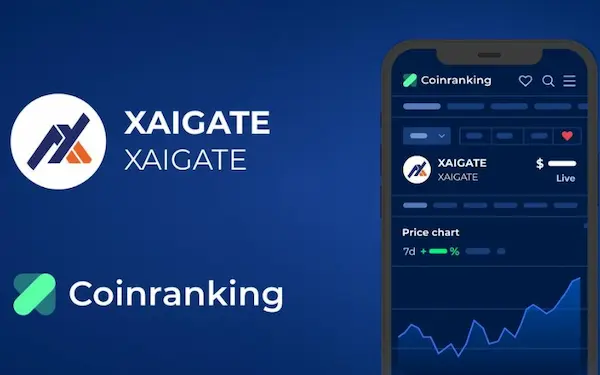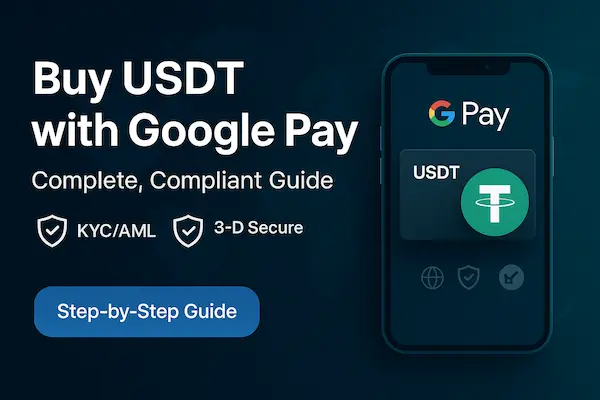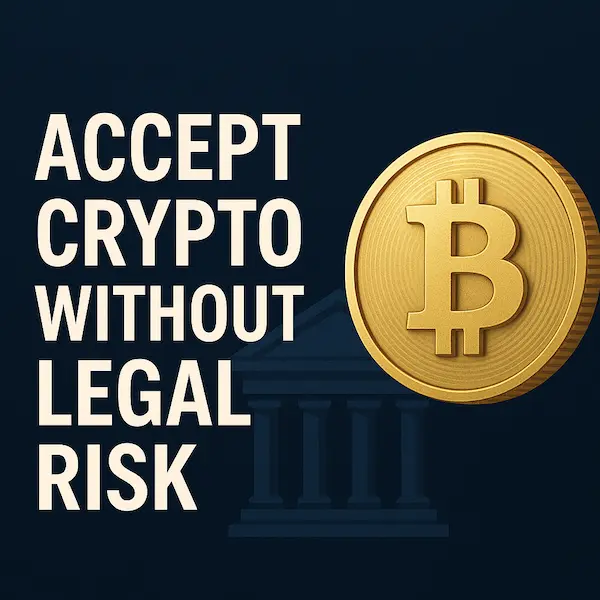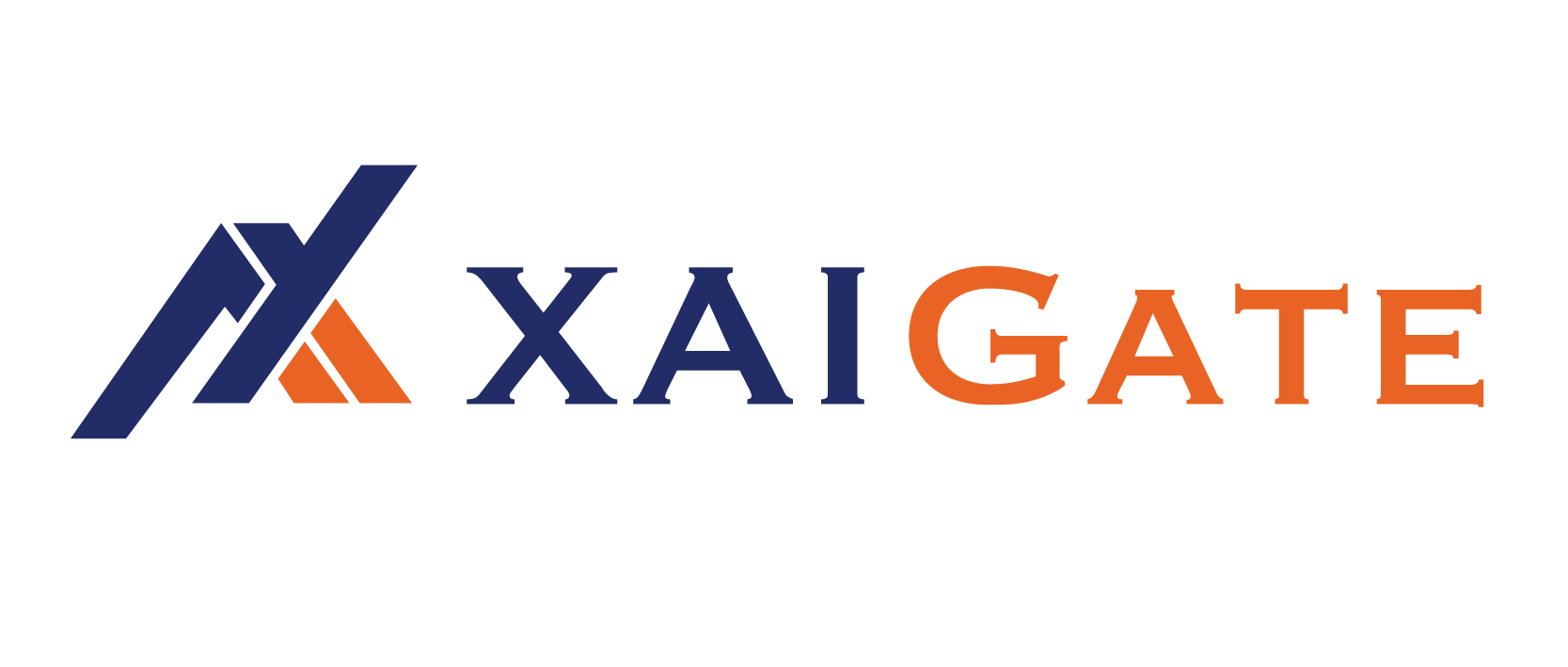A crypto payment gateway in Bolivia remains a sensitive subject because the country has officially banned cryptocurrencies since 2014. Even so, demand for digital payments is rising, fueled by remittances, e-commerce, and the growing use of stablecoins like USDT and USDC.
While local merchants cannot legally accept crypto, international businesses are using offshore gateways to reach Bolivian customers. This gap between strict laws and real economic demand makes Bolivia a unique case in Latin America’s digital payment landscape.
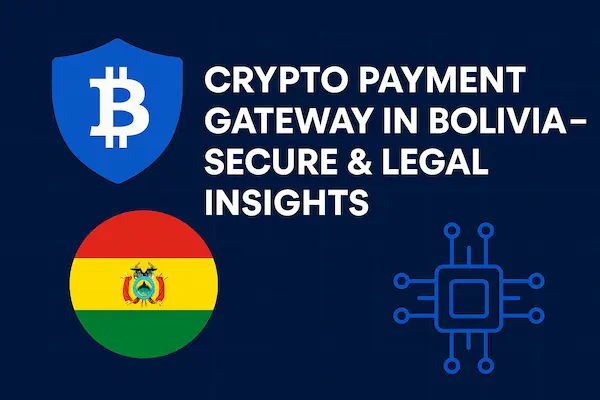
Contents
- 1 1. Understanding the Legal Status of Crypto in Bolivia
- 2 2. Why Businesses Explore a Crypto Payment Gateway in Bolivia
- 3 3. Opportunities for International Merchants
- 4 4. Risks and Compliance Challenges
- 5 5. Step-by-Step: How Merchants Can Accept Crypto Payments from Bolivia
- 6 6. Stablecoins: The Safer Alternative
- 7 7. Case Studies – Latin American Crypto Adoption
- 8 8. Future Outlook for Crypto Payment Gateways in Bolivia
- 9 FAQs – Crypto Payment Gateway in Bolivia
- 10 Conclusion
1. Understanding the Legal Status of Crypto in Bolivia
Bolivia is one of the few countries in Latin America where cryptocurrencies face a complete ban. This legal environment directly impacts how a crypto payment gateway in Bolivia can operate, limiting domestic use but leaving some room for cross-border solutions. To understand the opportunities and risks, it is important to look at the regulatory history and the role of international gateways.
1. Bolivia’s Ban on Cryptocurrencies
In 2014, the Central Bank of Bolivia (BCB) issued Resolution 044/2014, prohibiting Bitcoin and other digital assets. The official reasoning cited financial stability, fraud prevention, and consumer protection. Unlike its neighbors Argentina or Brazil, which moved toward regulation, Bolivia adopted a strict prohibition that remains in effect in 2026.
2. Why Regulations Matter for Merchants and Gateways
The ban means local businesses cannot integrate crypto payments directly. However, international merchants are not bound by Bolivian banking rules. They can still accept payments from Bolivian customers through offshore payment gateways, settling funds in USD or EUR. This workaround shows how regulation shapes both risks and opportunities for merchants targeting the Bolivian market.
Comparison 1: Bolivia vs LATAM Neighbors
| Country | Legal Status of Crypto | Stablecoin Adoption | Gateway Opportunities |
|---|---|---|---|
| Bolivia | Banned since 2014 (Resolution 044/2014) | Informal, P2P only | Only offshore crypto payment gateways |
| Argentina | Regulated, widely used as inflation hedge | Very High (USDT/USDC) | Strong e-commerce & remittance use |
| Brazil | Licensed crypto providers since 2023 | Medium-High | Local gateways operate legally |
| Paraguay | Legalized mining & crypto-friendly laws | Medium | Regional adoption growing |
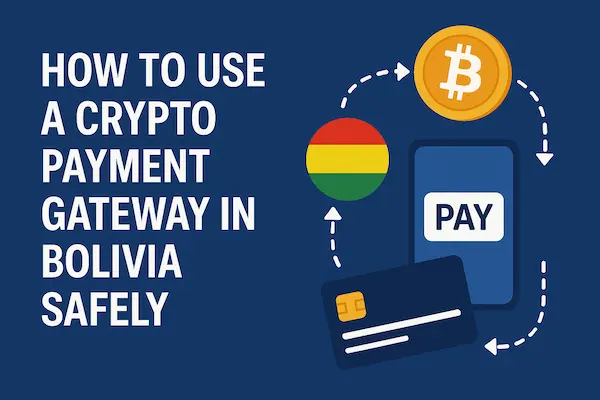
2. Why Businesses Explore a Crypto Payment Gateway in Bolivia
Even though the country has strict regulations, there is growing interest in using a crypto payment gateway in Bolivia. The demand comes from real economic needs—families receiving remittances, online shoppers buying from foreign websites, and businesses seeking stable alternatives to local currency.
1. Growing Remittance Market
Bolivia receives more than $1.1 billion in remittances each year (World Bank, 2024). Traditional channels charge high fees, often between 5–7%. Stablecoins such as USDT and USDC provide a faster and cheaper way for families to receive money from abroad.
2. Expanding E-Commerce Opportunities
Bolivia’s e-commerce market exceeded $1.8 billion in 2024, and a significant share comes from cross-border purchases. A crypto payment gateway allows Bolivian consumers to pay in stablecoins while international merchants settle in USD or EUR, bypassing local restrictions.
3. Demand for USD Stability
The Bolivian boliviano remains relatively stable compared to neighbors like Argentina, but many consumers prefer dollar-backed stablecoins for savings and online transactions. A crypto payment gateway that supports USDT and USDC directly addresses this demand.
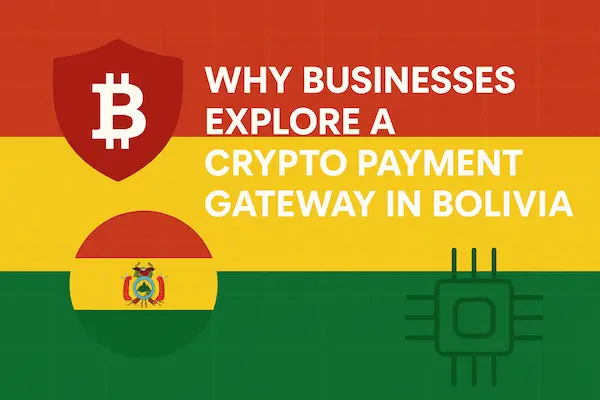
3. Opportunities for International Merchants
Although domestic use of crypto is restricted, global companies still find reasons to explore a crypto payment gateway in Bolivia. By relying on offshore settlement, merchants can reach Bolivian customers without breaking local laws. The opportunities are strongest in industries tied to digital services, remittances, and tourism.
1. Freelancers and Remote Work
A growing number of Bolivian freelancers work for international clients. Many of them prefer to receive payments in stablecoins such as USDT or USDC, since bank transfers are expensive and slow. Merchants and platforms that integrate a crypto payment gateway can tap into this workforce by offering flexible payout options.
2. Remittances and P2P Transfers
Remittances are a lifeline for Bolivian families. Offshore gateways make it easier for relatives abroad to send stablecoins at lower cost. Although official conversion into bolivianos remains a challenge, peer-to-peer networks are already filling the gap.
3. Tourism and Cross-Border Trade
Bolivia attracts visitors to destinations like Salar de Uyuni and Lake Titicaca. International travel companies and cross-border traders can benefit by offering crypto payments, especially stablecoins, which avoid currency exchange complications. A crypto payment gateway in Bolivia enables these businesses to accept payments smoothly and settle in stable currencies.
4. Risks and Compliance Challenges
Exploring a crypto payment gateway in Bolivia is not without risks. While international merchants have some flexibility, the local ban creates significant challenges that businesses must carefully consider. These risks affect compliance, banking, and technical operations.
1. Regulatory Uncertainty
Bolivia’s Central Bank maintains its ban on cryptocurrencies, and enforcement can be unpredictable. Local businesses risk penalties if they attempt to integrate a crypto payment gateway directly. For global merchants, compliance with international AML and FATF standards is still essential.
2. Banking Limitations
Bolivian banks do not support any crypto-to-fiat services. This makes it impossible to convert stablecoins into bolivianos through official channels. Merchants using offshore gateways must accept settlement in USD or EUR, which limits local usability.
3. Technical Barriers for SMEs
Small and medium-sized enterprises often lack the technical knowledge to integrate APIs or manage digital wallets. This creates a gap where only larger or more tech-savvy companies can benefit from crypto payment gateways.
4. Risk of Informal Markets
Because crypto is banned domestically, many transactions happen through peer-to-peer networks. While this helps users bypass restrictions, it also increases exposure to scams and fraud. Merchants relying on informal channels may face reputational and financial risks.
5. Step-by-Step: How Merchants Can Accept Crypto Payments from Bolivia
Accepting crypto payments from Bolivia is not straightforward because of the local ban. However, international merchants can still serve Bolivian customers by using offshore solutions. Here is a simple process for integrating a crypto payment gateway in Bolivia safely and effectively.
Step 1: Choose a Global Crypto Gateway (XaiGate Recommended)
The first step is to select a trusted provider. Among the leading options, XaiGate stands out because it focuses on stablecoin payments (USDT, USDC, PYUSD) with low fees, fast settlement, and strong compliance features. While other providers such as BitPay or CoinGate also operate globally, XaiGate offers a developer-friendly API and a clear advantage for merchants targeting high-risk markets like Bolivia.
Step 2: Enable Stablecoins
Activate stablecoin payment options in your gateway dashboard. Stablecoins provide stability and are widely used by Bolivian freelancers and families receiving remittances.
Step 3: Set Up Offshore Settlement
Since local banks in Bolivia do not support crypto, ensure your settlement account is based offshore. Most merchants choose U.S. or European bank accounts to receive funds.
Step 4: Integrate API or Plugins
Use API documentation or plugins for platforms like Shopify, WooCommerce, or PrestaShop. This integration makes the payment process seamless for Bolivian customers.
Step 5: Maintain Compliance
Even if Bolivia bans crypto domestically, you must follow global standards such as AML and FATF guidelines. Keeping records of transactions protects your business from future regulatory changes.
Comparison 2: Leading Crypto Payment Gateways for Bolivia
| Provider | Supported Assets | Settlement Currencies | Key Strengths | Limitations in Bolivia |
|---|---|---|---|---|
| BitPay | BTC, BCH, ETH, USDC, USDT | USD, EUR | Established brand, wide adoption | Higher fees, less focus on stablecoins |
| CoinGate | BTC, ETH, LTC, USDT, USDC | USD, EUR, GBP | Multi-asset support, good API | Complex setup, volatility exposure if not using stablecoins |
| XaiGate | BTC, BCH, USDT, USDC, PYUSD, DAI, + 9800 coinn | USD, EUR (Stablecoin-first) | Low fees, fast settlement, developer-friendly API, strong focus on stablecoin compliance | Not yet licensed in Bolivia (offshore use only) |

6. Stablecoins: The Safer Alternative
For many businesses and consumers, stablecoins offer a practical solution where traditional crypto assets cannot. In the context of a crypto payment gateway in Bolivia, stablecoins like USDT and USDC reduce volatility and make cross-border payments more predictable. Their role in remittances, savings, and e-commerce highlights why they are gaining traction despite local restrictions.
1. Price Stability Against Volatility
Unlike Bitcoin or Ethereum, stablecoins are pegged to the U.S. dollar. This peg provides merchants and customers with confidence that their payment will not lose value overnight, a critical factor in high-risk markets such as Bolivia.
2. Faster Settlement and Lower Fees
Stablecoin transactions clear within minutes and cost significantly less than traditional banking transfers. For remittances and e-commerce, this makes a crypto payment gateway far more attractive compared to conventional money transfer services.
3. Regional Adoption as a Precedent
Countries across Latin America already rely on stablecoins to address inflation and banking challenges. Argentina uses USDT as an inflation hedge, Brazil licensed crypto providers in 2023, and Paraguay is exploring stablecoin-based payments. These trends show that Bolivia could follow a similar path in the near future.
7. Case Studies – Latin American Crypto Adoption
To understand the future of a crypto payment gateway in Bolivia, it is useful to look at how other countries in the region are dealing with digital assets. Latin America offers a mix of strict regulations, high inflation, and rapid adoption, making it a valuable reference point for Bolivia’s potential trajectory.
1. Argentina – Stablecoins as an Inflation Hedge
Argentina has one of the highest inflation rates in the world. In response, millions of citizens use USDT and USDC for everyday transactions and online shopping. Merchants integrate crypto payment gateways to accept stablecoins directly, protecting both buyers and sellers from rapid currency devaluation.
2. Brazil – Licensed Crypto Payment Providers
In 2023, Brazil passed legislation to regulate crypto service providers. This move allowed licensed companies to operate as official payment processors, boosting confidence among banks, merchants, and consumers. The case shows how regulation can unlock innovation rather than restrict it.
3. Bolivia – Informal P2P Growth Despite the Ban
Even though Bolivia has banned crypto since 2014, peer-to-peer trading of stablecoins continues to grow. Families use USDT for remittances, freelancers receive USDC for online work, and small communities trade stablecoins informally. This underground activity highlights a strong demand that a crypto payment gateway in Bolivia could meet if regulations ever change.
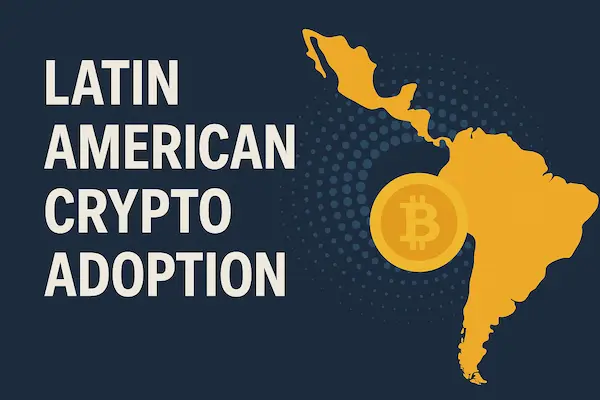
8. Future Outlook for Crypto Payment Gateways in Bolivia
The long-term future of a crypto payment gateway in Bolivia depends on both domestic policies and regional trends. While the current legal framework is restrictive, economic realities and external pressures suggest that change is possible within the next few years.
1. Possible Regulatory Shift by 2026
With Brazil, Argentina, and Paraguay moving toward clearer rules, Bolivia faces pressure to align with regional standards. Analysts predict that the government may introduce a regulatory framework for stablecoins first, as they are less volatile than Bitcoin or Ethereum.
2. Stablecoins as the Entry Point
Stablecoins like USDT and USDC already play a major role in Bolivia’s informal economy through remittances and freelance payments. If regulations soften, these assets could become the foundation for legal gateways, offering a smoother path to compliance.
3. Growth of Cross-Border Gateways
Even without domestic reform, offshore providers will continue serving Bolivian customers. E-commerce, tourism, and international remittances will rely on crypto gateways that settle in USD or EUR. This trend positions Bolivia as a hidden but growing market for cross-border payments.

More info: IMF – Latin America Digital Payments Report
FAQs – Crypto Payment Gateway in Bolivia
Businesses and individuals often ask similar questions about the legal, technical, and practical aspects of using a crypto payment gateway in Bolivia. Below are the most common ones with clear answers.
1. Is crypto legal in Bolivia?
No. Since 2014, the Central Bank of Bolivia has banned the use of cryptocurrencies for domestic payments.
2. Can local businesses integrate a crypto payment gateway in Bolivia?
No. Domestic merchants are not legally allowed to use crypto gateways under current regulations.
3. How can Bolivian customers pay with crypto?
They usually rely on peer-to-peer transfers or use offshore payment gateways when buying from international merchants.
4. Do stablecoins like USDT and USDC work in Bolivia?
Yes, but only informally. They are popular for remittances and online work payments, even though banks do not support them.
5. Can international merchants accept payments from Bolivian customers?
Yes. Offshore providers allow global merchants to accept crypto and settle in USD or EUR while serving Bolivian clients.
6. What risks come with using a crypto payment gateway in Bolivia?
The main risks are regulatory uncertainty, lack of banking support, and exposure to informal markets.
7. Why are stablecoins safer for merchants?
Stablecoins maintain a 1:1 peg to the U.S. dollar, reducing volatility and offering predictable settlement values.
8. Will Bolivia regulate crypto payments in the near future?
Experts expect potential changes around 2026, influenced by regional reforms in Brazil, Argentina, and Paraguay.
9. Are there alternatives to crypto gateways for Bolivian customers?
Yes, options include traditional remittance services, e-wallets, and money transfer operators, but they charge higher fees.
10. How does a crypto payment gateway in Bolivia benefit cross-border trade?
It allows international merchants to sell directly to Bolivian customers in stablecoins, making payments faster, cheaper, and more accessible despite local restrictions.
Conclusion
The debate around a crypto payment gateway in Bolivia highlights the tension between restrictive laws and strong economic demand. While Bolivia continues to enforce its 2014 ban, families, freelancers, and businesses are already finding alternative ways to use stablecoins for remittances, savings, and cross-border trade. Regional momentum—from Argentina’s stablecoin boom to Brazil’s licensed providers—suggests that Bolivia may eventually be forced to adapt.
For now, the safest path for merchants is to rely on offshore payment gateways, focusing on stablecoin transactions that minimize volatility and cut costs. Stablecoins like USDT and USDC are already fueling informal adoption, and when regulations shift, they are likely to become the official entry point for crypto payments in Bolivia.
The question is not if, but when Bolivia will regulate stablecoin gateways. Businesses that prepare early will be best positioned to capture the opportunities once legal reforms arrive.
Quick Summary Table
| Factor | Bolivia (2026) | Regional Trend |
|---|---|---|
| Crypto Legality | Banned since 2014 | Increasing regulation |
| Stablecoin Use | Informal, peer-to-peer only | Rapid adoption |
| Remittance Solutions | Expensive (5–7% fees) | Moving to stablecoins |
| Merchant Opportunities | Offshore gateways only | Expanding globally |
| Outlook | Possible reforms by 2026 | Positive and accelerating |
For global merchants targeting Bolivia, now is the time to act. By choosing a stablecoin-focused crypto payment gateway like XaiGate, businesses can:
Reduce payment fees compared to traditional remittances.
Access Bolivian customers safely through offshore settlement.
Prepare for upcoming regulatory changes without taking unnecessary risks.
Ready to expand your business into Bolivia? Start integrating XaiGate today and stay ahead of the curve in Latin America’s evolving crypto economy.
For daily updates, subscribe to XAIGATE’s blog!
We may also be found on GitHub, and X (@mxaigate)! Follow us!


